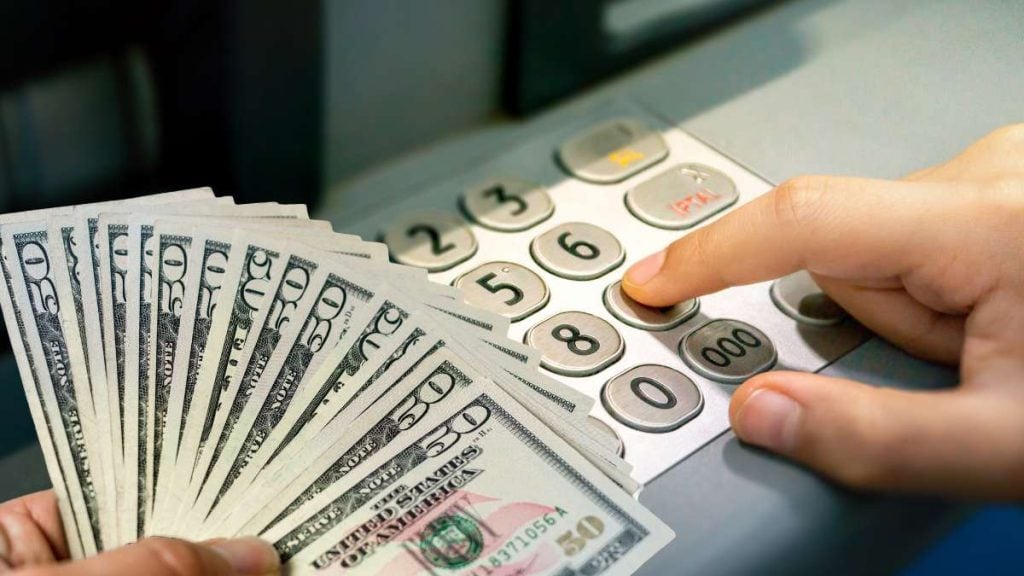In the month of May 2025, some beneficiaries of a particular Social Security program will receive what appears to be an extra benefit payment, but in reality, there is a little trick behind it. These are recipients of Supplemental Security Income (SSI) benefits, who receive one payment per month, throughout the year, for a total of 12 annual payments.
The SSI program generally makes payments on the first day of each month, and that’s true for most months. However, a few times a year, the system makes a date change when the 1st of the month falls on a weekend or holiday. Such is the case of the month of June, and this causes May to bring two SSI payments.
What will happen in June with SSI payments?
So, with this change in the calendar of the Social Security Administration (SSA), beneficiaries will see a deposit that was made in their bank accounts on the 1st, and another that will be made on the 30th, but this second corresponds to the following month, because June 1 is a Saturday.
Since the June payment was brought forward to May 30, no SSI deposit will be made in June, which does not mean that you will be short of money: there are a total of 12 payments in one year, as we have said before.
Beneficiaries who meet standard SSI requirements and are active in the months of May and June 2025 will receive both payments. This includes having limited income and resources, being a U.S. citizen or having qualified immigration status, and complying with SSA periodic reviews.
These types of changes will happen three more times before the end of 2025:
- August: payments on August 1 and 29 (there will be no payment in September).
- October: payments on October 1 and 31 (there will be no payment in November).
- December: payments on December 1 and 31 (there will be no payment in January 2026).
The maximum SSI payment is set at $967 for a single, individual beneficiary, but for those who have a cohabiting and financially dependent spouse, the payment increases to $1,450.
Some former beneficiaries still today receive a third item, which is no longer granted, which is to pay for an essential help person: these types of people are for beneficiaries who cannot perform their most basic tasks without help, such as taking a shower or brushing their teeth, for example. To cover the cost of this assistance, the maximum payment per month is $484.
Basic requirements to receive SSI allocations in 2025
In order for the SSA to consider you “eligible” for Supplemental Security Income (SSI) in 2025, you must meet certain requirements established by the Social Security Administration (SSA).
These include being 65 years of age or older, being blind, or having a disability that significantly limits the ability to work or perform tasks in daily life. In addition, you are required to have limited income and resources that do not exceed the maximum allocation amounts we have mentioned before.
You also must be a citizen or national of the United States, or a non-citizen with legal residency status in certain qualified categories, and reside in one of the 50 states, the District of Columbia, or the Northern Mariana Islands.
Additionally, you must not be absent from these areas for a full calendar month or more than 30 consecutive days, nor be confined in an institution at government expense. Applicants must submit a formal application and allow the SSA to access their financial records to verify eligibility. For more information or questions about how to apply for SSI, it is recommended to visit the official SSA website at www.ssa.gov or contact 1-800-772-1213.
